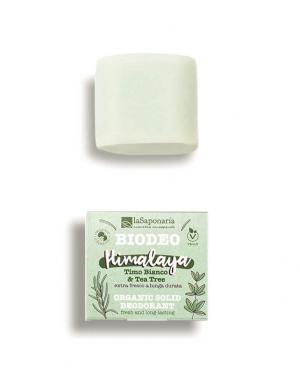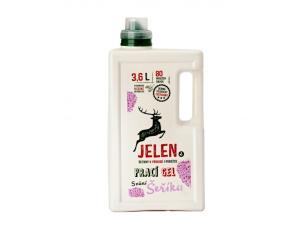Siberian shanty (Nepeta sibirica)
Other names: Dracocephalum sibiricum
Harm score: 1 (Natural substances)
The Siberian shanta, known in Latin as Nepeta sibirica or also as Dracocephalum sibiricum, is a herb belonging to the family of the deaf-headed plants. The plant is native to Siberia, from where its name is derived, but its range is now spreading across Eurasia. It generally reaches a height of 30 to 60 cm and is characterised by its blue-purple flowers, which bloom in summer, specifically from July to August. In the wild, it is mostly found in sunny places with well-drained soil.
Its main use is as a medicinal and aromatic plant. Traditionally it has been used as an alternative remedy for stomachaches, cramps, diarrhoea, respiratory inflammation and insomnia. It is also added to dough in the production of baked goods for its fragrance and interesting flavour. It can also be found in some cosmetic products such as ointments, creams or balms, where its antioxidants and antibacterial effect are used. Likewise, it is used in aromatherapy, where it brings calming and relaxing effects and is therefore added to massage oils or scented candles.
You won't find this substance in our products. Try the natural, chemical-free products in our range.

Essence of Joy Shower Gel (500 ml)
Product detail
Himalaya BIO solid deodorant (40 g) - with fresh scent of tea tree and eucalyptus
Product detail